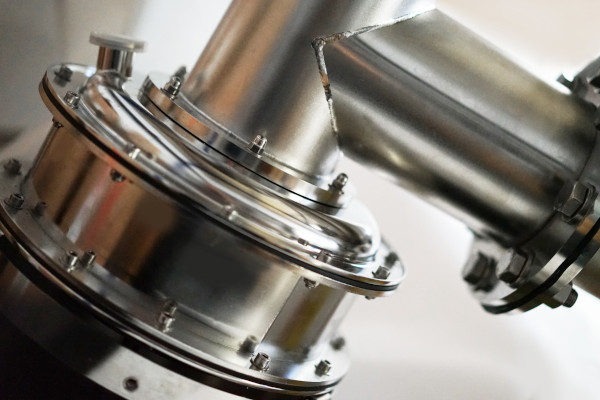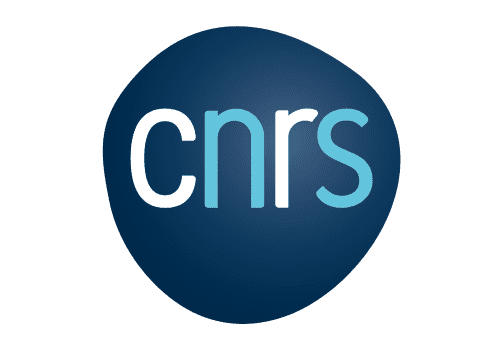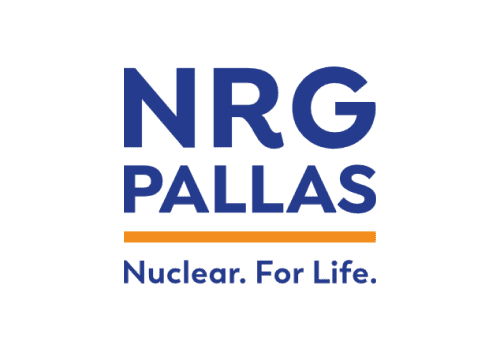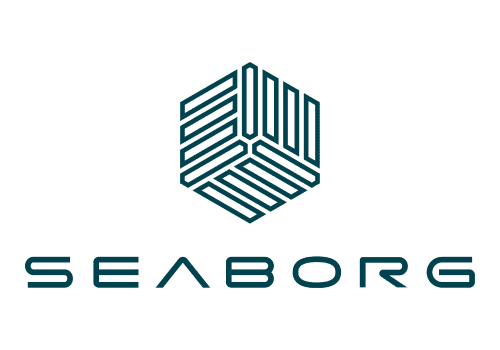Purpose of a Nuclear Regulating Valve
Generally, the nuclear control valve is installed on the glove boxes in vacuum under air. These glove boxes are often present in specifically nuclear applications in order to secure all manipulations.
To avoid any contamination from outside the containment, the control valve works like a valve. It ensures the automatic and continuous regulation of the vacuum in the glove box and guarantees a safe air flow in case of leakage.
It also ensures automatic compensation of filter clogging and indicates the level of filter clogging. By means of dry contacts, an alarm or any safety action can be triggered.
The nuclear control valves have many qualities: reliability, reactivity, safe mechanical operation for years.
Its technical characteristics
- Diaphragm valve, mechanical system without electrical connection.
- Safety in case of leakage: limitation of any risk of backscattering towards the operator thanks to an automatic maximum opening.
- Alarm possible in case of defect.
- Presence or absence of a flow indicator.
Nuclear Control Valves Designed by Jacomex
Jacomex designs control valves that are recognized for their reliability over time, their reactivity and their safe mechanical operation with respect to glove box pressure. Numerous French and international nuclear centers now use control valves manufactured by our company.
More and more companies are interested in the control valves we offer because of the safety they provide. Thus, the non-nuclear sectors integrate them for manipulations where the safety of their operators and the environment is essential.
Jacomex control valves will thus guarantee increased safety of installations in various fields: maintenance of aeronautical parts with risk of contact with asbestos, cytotoxics, powder processes, nanotechnologies, weighing and reconditioning of powdered materials, use of carbon nanotubes, fibers and CMR substances…
The assembly and individual testing of each nuclear control valve is carried out at our site in Lyon. A leak test certificate, according to the ISO 10648-2 standard, for each valve is then issued.
















